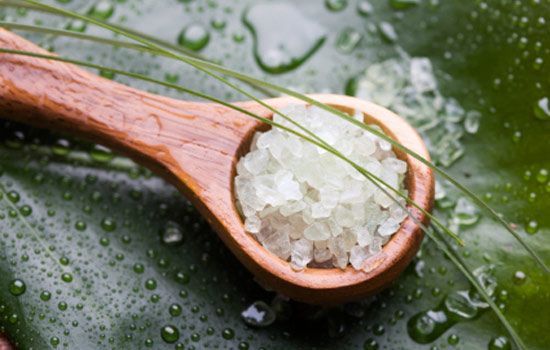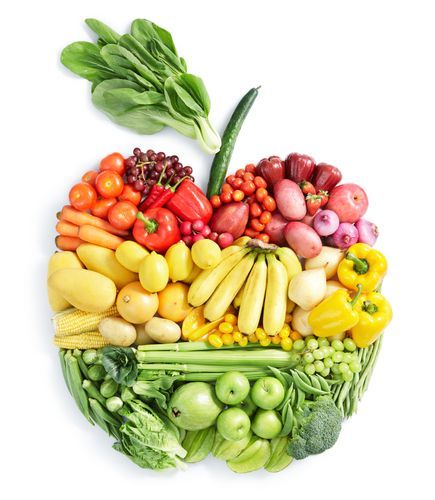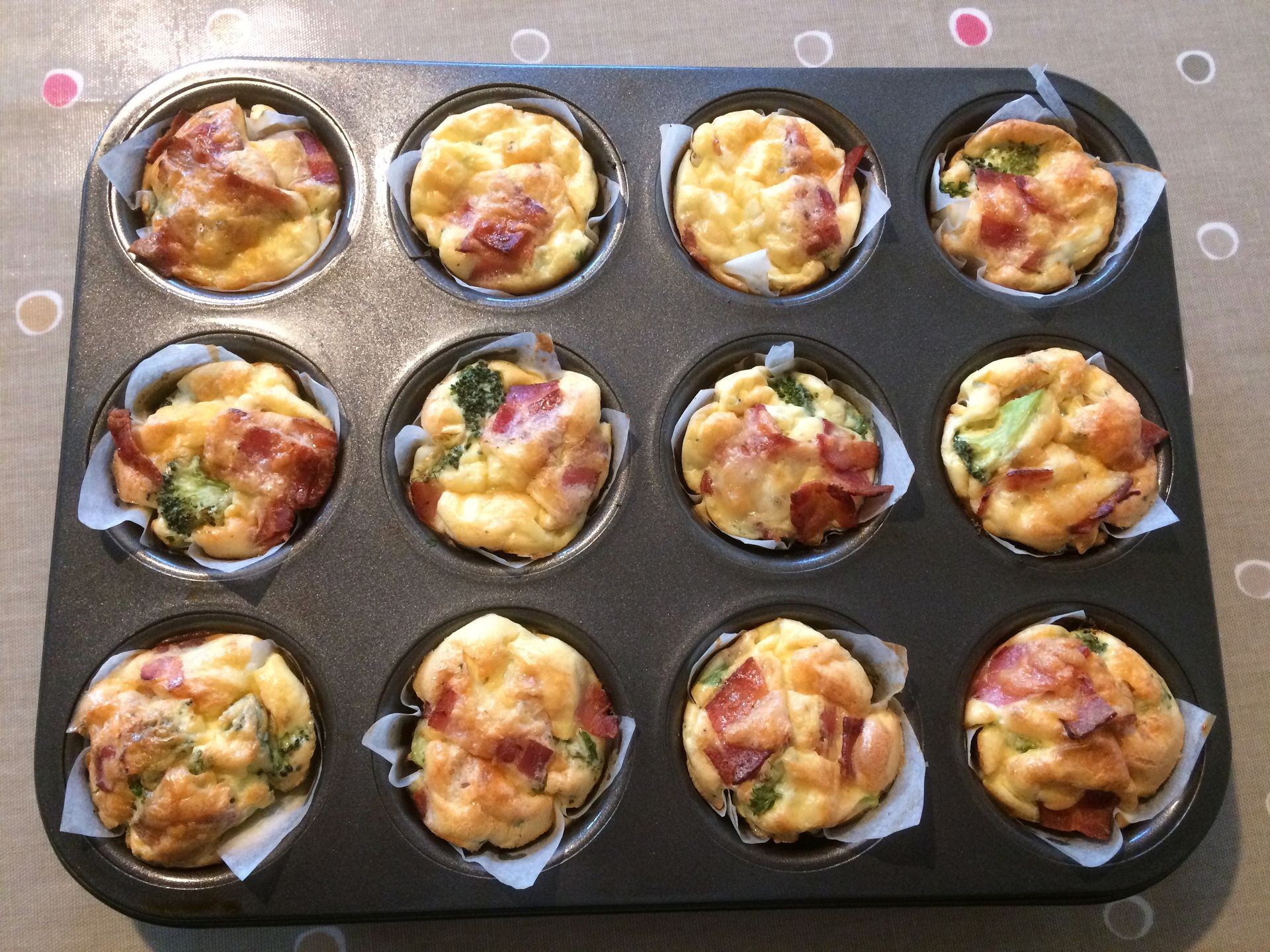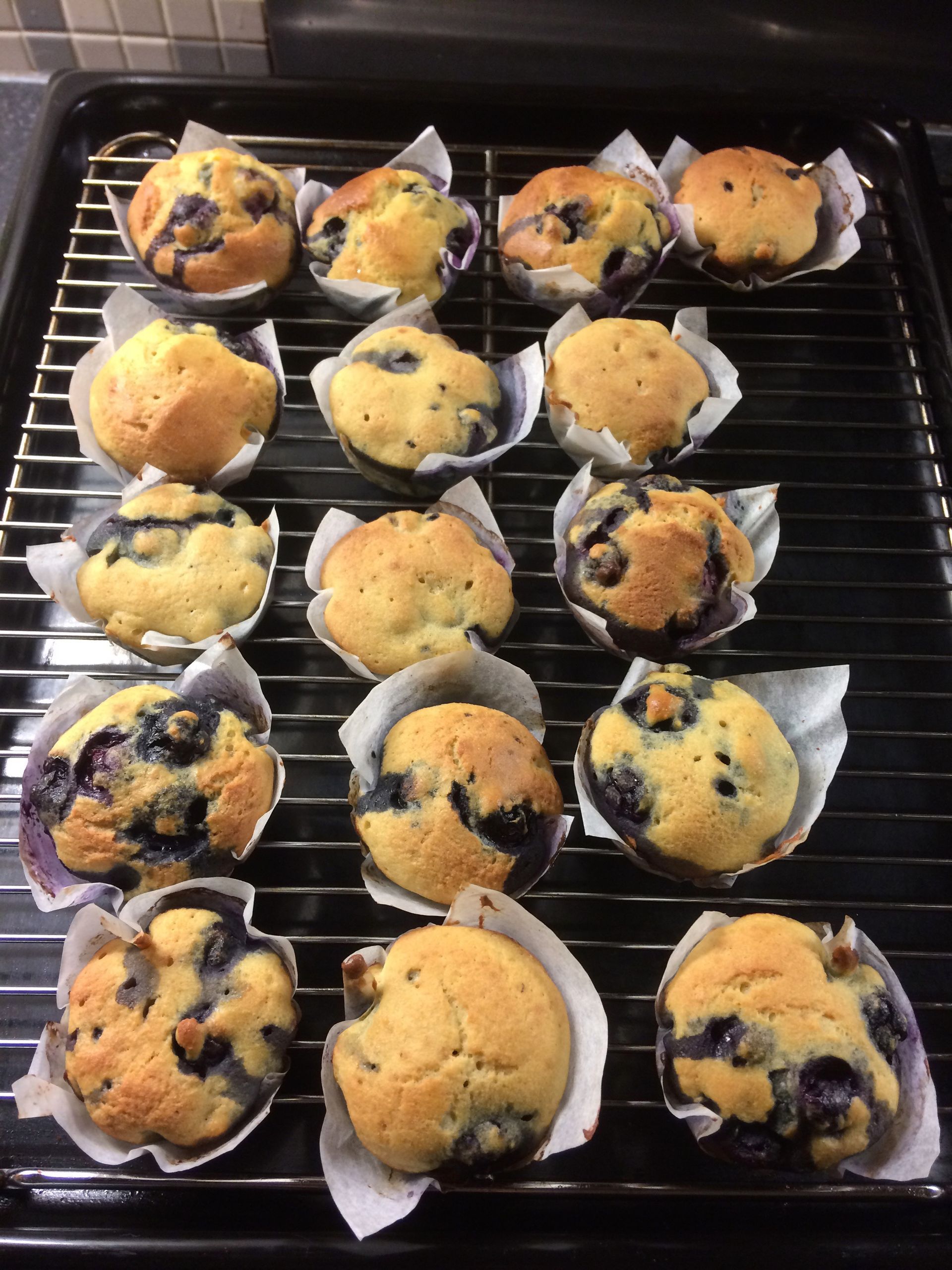Testimonial - Gall bladder removal operation avoided
Gallbladder removal avoided
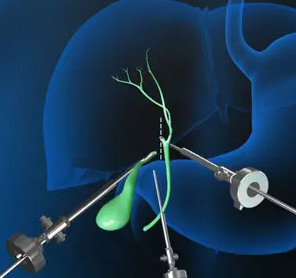
I had intense pain under my right rib after eating , so painful it resulted in me having time off work after having repeated episodes. After a particularly bad episode which resulted in me vomiting and being sent to A&E due to the pain, I had am ultrasound and was diagnosed with gallstones. I was sent home with little to no information and told I would hear in 3-4 months about an operation date for a gall bladder removal.
I heard from a colleague that this can be addressed naturally and called Kirsty in March, not long after I had been diagnosed. We had one phone appointment, which was very thorough and made me feel at ease talking about the issues I’d had and the potential treatments that could help me. Kirsty was very informative and explained everything clearly, helping to demystify some of the medical jargon and helping me to understand my own body. Following the phone call I received a dietary and supplement plan, which was easy to understand and follow. The plan was clearly set out as to what I needed to take and when.
With her her knowledge of the benefits, quality, dose and timing of supplements, Kirsty also reviewed by exiting supplements and helped me streamline what I was taking and in some cases remove some that weren’t adding any benefit.
As part of the plan there were new supplements specifically for my gall bladder symptoms , which I have been now taking for over 3 months. At my recent medical consultant appointment I discussed my approach and they are happy for me to not have surgery for my gallstones and to continue to manage them naturally, which is a great result for me.
More importantly, I haven’t had any flare ups of my gallbladder symptoms whilst following the plan, which has meant I have less anxiety or worry about them and I am able to enjoy foods, with the knowledge of knowing what works for me.
I have already recommended Kirsty to friends and family, and I highly recommend giving Kirsty at Optimise Nutrition a call to see how she can help you.
